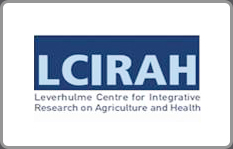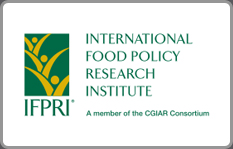Blog Series for NNW2017: Part 3-Nutrient-nutrient interaction

This is the third and final blog as part of the special series for National Nutrition Week in India
Nutrient-nutrient interaction may affect bioavailability in a positive or negative way - i.e their interaction may either enhance or inhibit nutrient absorption or utilization.
Relative proportion of nutrient present in the diet may be the most important in determining impact of nutrient interaction on the nutritional status. Eg, in the case of zinc-calcium-phytate, although calcium and phytate combine with zinc to form a complex compound, if the proportion of zinc is adequate and more than the calcium and phytate, all the zinc will not form a complex substance, leaving zinc still available for absorption.
Organic acids (citric, lactic, acetic, butyric, propionic and formic acids) present in fermented milk products (e.g. yoghurt), vegetables, sauerkraut, soya sauces, fermented cereals, etc., may form soluble ligands with some trace minerals in the gastrointestinal tract and enhance absorption of Zn and possibly Fe (Gibson et al 2006). Protein amount and type (e.g. animal protein) form soluble ligands with Zn, Fe and Cu. So, to enhance absorption of Zn, Fe and Cu, increase urinary Ca excretion. Fat from oil seeds, nuts combine with bile salts during digestion and help to solubilize fat-soluble vitamins and carotenoids in intestinal. It also enhance absorption of fat-soluble vitamins and provitamin A carotenoids.
Solomon (1983) reported that high level of iron inhibits zinc absorption. However, Whittaker (1998) demonstrated that when iron and zinc are consumed together in a meal, this effect is not observed. This type of interaction is termed as “competitive interaction.”
Another mechanism for nutrient interaction is “substitution” - for example: in case of inadequate vitamin E, selenium substitutes it and act as an antioxidant. Folic acid supplement will also help in vitamin B 12 deficiency. Tryptophan for niacin is another example. “Functional changes” can also result in nutrient interaction like with copper deficiency that results in anemia. “Biochemical changes” also result in nutrient interaction - such as in the example of Xerophthalmia of vitamin A deficiency where observed in protein energy malnutrition.
Chemical and biochemical interactions
These are produced by a nutrient and can be advantageous for one nutrient and not for another. Ascorbic acid (vitamin C) in Citrus fruits and juices reduces iron to more soluble iron by enhancing non-haem-Fe absorption. Ascorbic acid in fruits like guavas, mango, papayas, kiwi, strawberries, may increase stability of folate during food processing and digestion and counteracts inhibitory effect. Ascorbic acid in vegetables like tomato, asparagus, of phytate Brussels sprouts, spinach etc., may enhance folate bioavailability, and may enhance or inhibit Selenium absorption, depending on the chemical form. Ascorbic acid may also enhance Cromium absorption (refer ICMR, 2013. Nutrient Requirements and Recommended Dietary allowances for Indians)
Other references:
Whittaker P. 1998. Iron and zinc interactions in humans. Am J Clin Nutr. Aug;68(2 Suppl):442S-446S.
Solomon NW (1983). In Nutritional bioavailability of Zinc. Inglett GE, Ed.ACS Symposium Series 210. Washington DC.
Gibson RS, Leah Perlas and Christine Hotz. 2006. Proceedings of the Nutrition Society , 65, 160–168
Presentation: https://www.youtube.com/watch?v=YodVLHPasdw








Add new comment